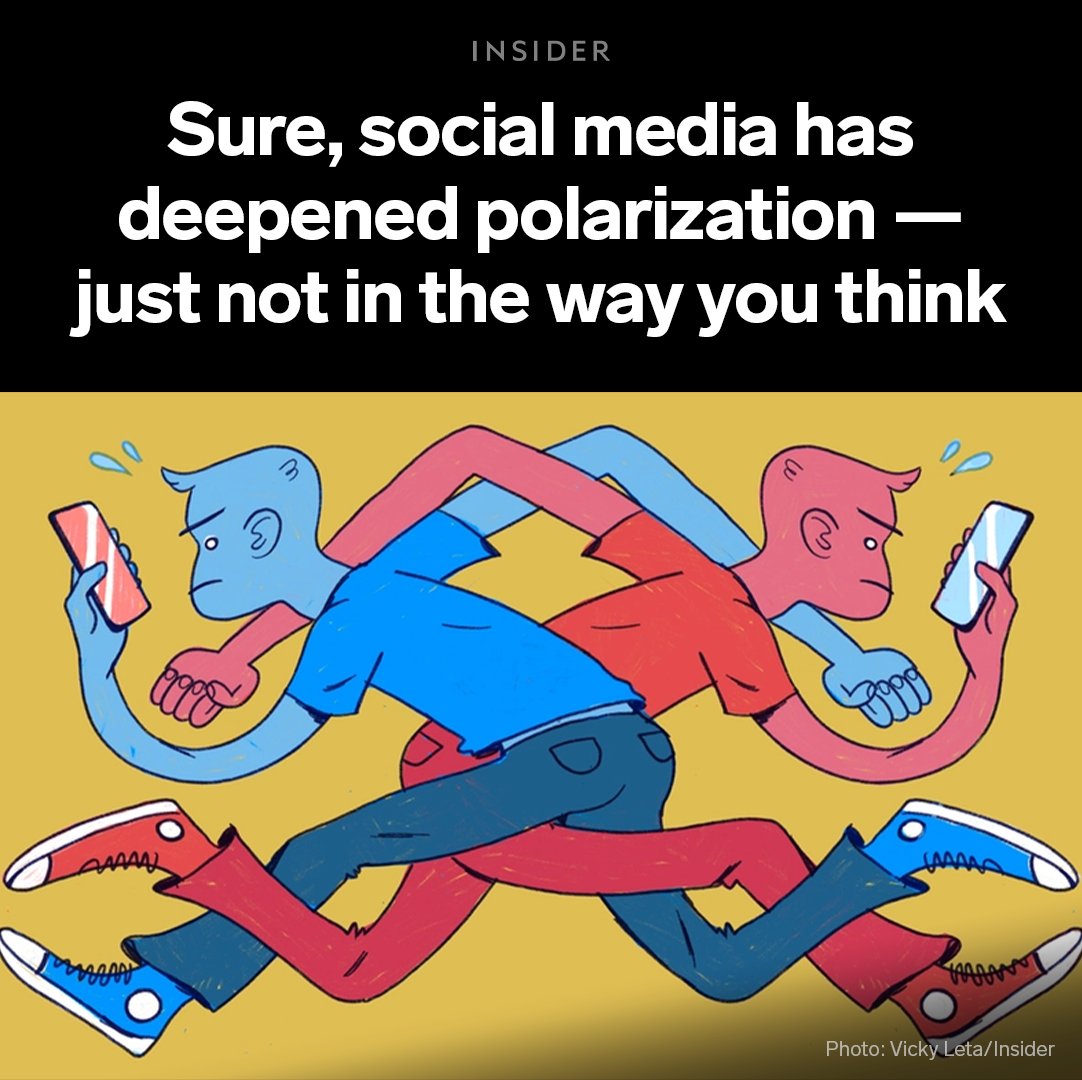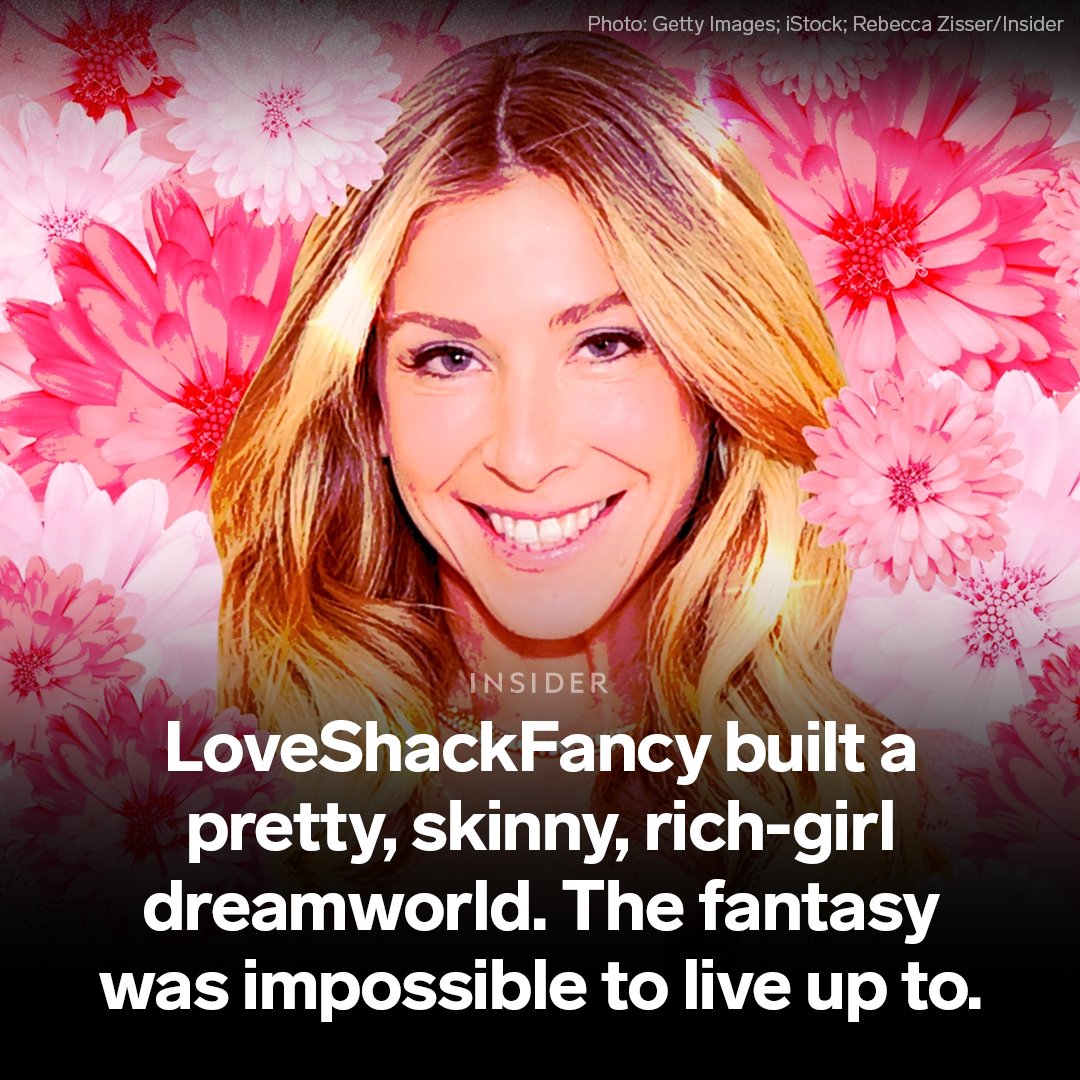Queer inclusion in kids' cartoons has skyrocketed throughout the past decade. Here’s how shows evolved from Hays Code-era stereotypes and queer-coded villains to airing openly queer characters in groundbreaking wins for #LGBTQ visibility.
In 2018, @rebeccasugar's "Steven Universe" featured both the first LGBTQ wedding and the first LGBTQ marriage proposal in a kids' animated TV show. 👰♀️🤵♀️
And in 2020, Benson from "Kipo and the Age of Wonderbeasts" was the first kids' animated character to directly identify themselves as gay. Both were groundbreaking achievements in LGBTQ representation. 🌈✨
But cartoons weren’t always this inclusive.
In 1934, the Motion Picture Association began enforcing the “Hays Code,” banning “sex perversion or any interference to it” in films. That same year, the government established the FCC.
In 1934, the Motion Picture Association began enforcing the “Hays Code,” banning “sex perversion or any interference to it” in films. That same year, the government established the FCC.
Up to that point, cartoon characters who were presumptively queer weren’t making major appearances, either. Flip the Frog in “Soda Squirt,” summed up the extent to which queer characters appeared on screen at the time: as flamboyant caricatures turned monsters.
With Hays, live action content couldn’t show two men kissing, but characters like Bugs Bunny could kiss Hunter Elmer and pass it off as being comedic. Speech patterns, mannerisms, and costumes also became signals of queerness and queer coding.
But traits that were meant to make a character funny, as in the case of Bugs Bunny, could have been interpreted differently by viewers. For @RuPaul, Bugs was his first introduction to drag.
And as television grew in popularity more TV codes pushed shows to foster “commonly accepted moral, social, and ethical ideals characteristic of American life,” fueling a decades-long gaze trope that persists today.
After @PBS featured two lesbian moms in an episode of “Postcards from Buster,” Secretary of Education Margaret Spellings asked PBS to return the funds used for the episode.
But with cable TV rising, government oversight lessened.
But with cable TV rising, government oversight lessened.
And fewer regulations in cable made room for representation, but studio approvals still took too long. Sugar faced years of pushback before Princess Bubblegum and Marceline’s relationship could be confirmed with their 2018 season-finale kiss.
After Sugar’s experience with “Adventure Time,” she decided to push the boundaries even further. In 2012, she created “Steven Universe,” a cartoon about a gender non-conforming boy who is friends with extraterrestrial non-binary beings or gems.
Streaming apps continued in that direction.
Without regulations or broadcast codes, creators have more autonomy over their characters, making way for more representation, not only with sexual orientation but with gender identity, too.
Without regulations or broadcast codes, creators have more autonomy over their characters, making way for more representation, not only with sexual orientation but with gender identity, too.
And just like past animators pushed animation boundaries by finding new ways of introducing queerness into characters, a new generation of animators is paving the way for more LGBTQ representation by raising the bar for the future of cartoons.
Watch our full video breaking down the evolution of queer characters in children’s animation here:
• • •
Missing some Tweet in this thread? You can try to
force a refresh











